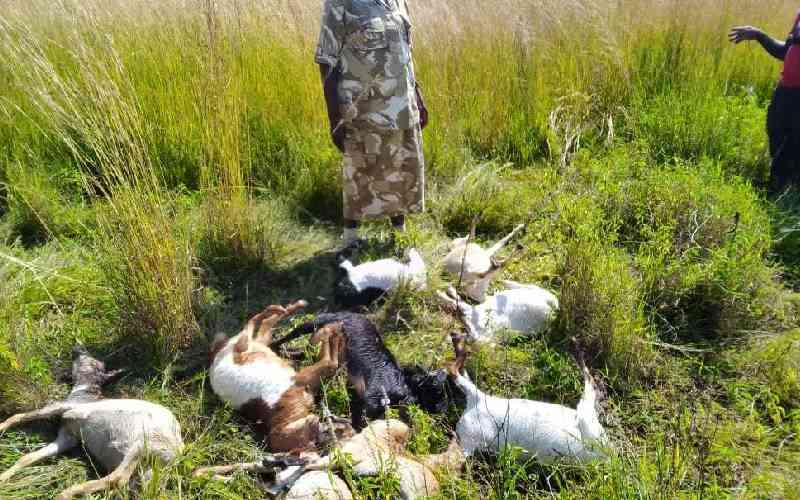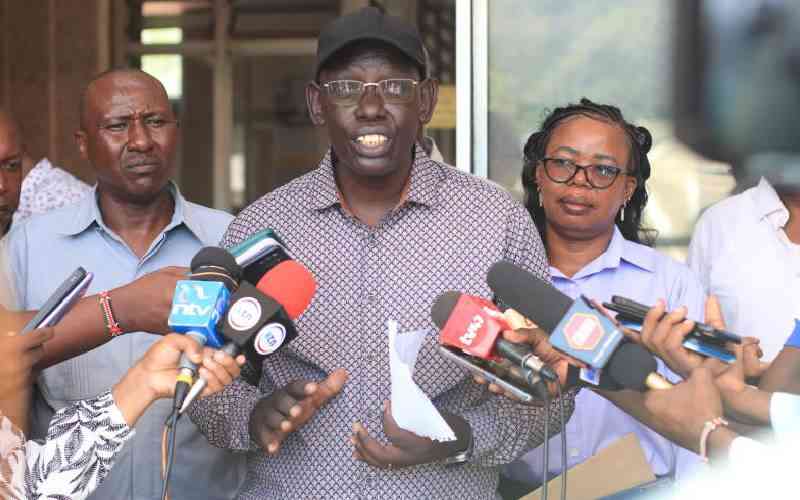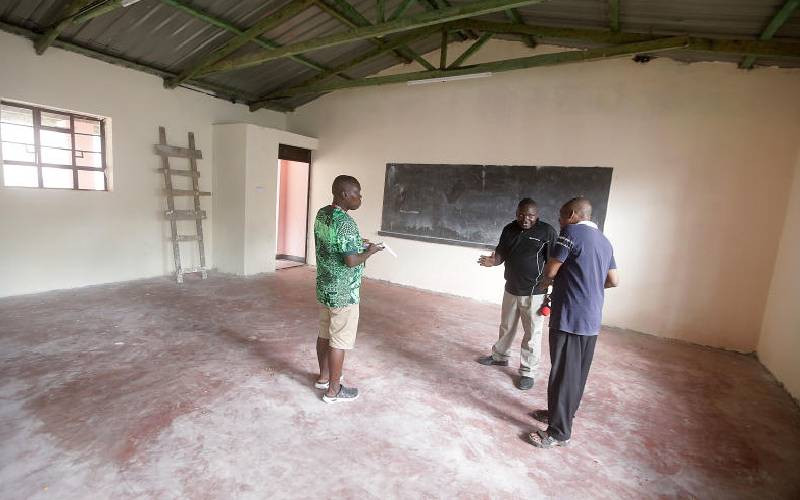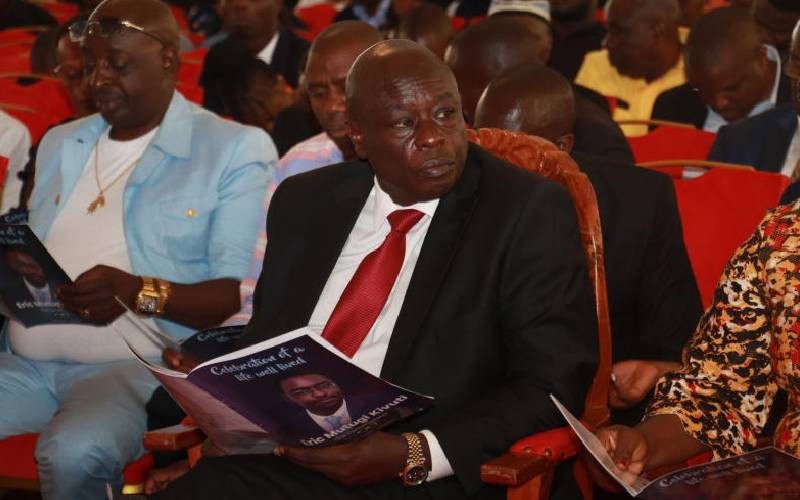Every year September 22 is marked as the World Rhino Day. The Day provides an opportunity for the public, different conservation organizations and institutions to celebrate rhinos in their own unique ways.
According to Kenya Wildlife Service, rhino population in Kenya stood at 1,258 by end of 2017, of this 745 are black rhinos. All of the world’s rhino species are under threat, predominantly for their horn. Rhinos are one of the over 16,306 endangered species in the world. Save The Rhino, an international organization that works to conserve all five rhino species cite black rhinos as the third most endangered rhino species.
Critically endangered
The International Union of the Conservation of Nature (IUCN) lists the species as “critically endangered” noting that its numbers have fallen more than 97 percent since the 1960s. They have all come to this point from the recklessness of human through habitat loss, hunting and pollution. Rhinos play a big role in their ecosystem and their survival impacts other wildlife and plants.
For instance when they browse, they keep the areas trimmed, making paths and more accessible areas for smaller mammals. They also enrich the soil and help plants by spreading seed through their dung.
Here in Kenya as we mark this year’s World Rhino Day, there is nothing much to celebrate after plans in June to move fourteen black rhinos from Nairobi National Park and Lake Nakuru National Park to Tsavo East Rhino Sanctuary turned tragic and claimed ten of them.
The translocation exercise aimed at strengthening the population gene pool brought to the fore theatrical counter-accusations between the Ministry Tourism and Wildlife and the Kenya Wildlife Service (KWS) and the Union of Veterinary Practitioners of Kenya.
A statement issued from the preliminary report by Tourism and Wildlife Cabinet Secretary, Najib Balala pointed at multiple stress syndrome intensified by drinking saline water in their new habitat as the cause of death.
Not so long after this tragedy, it was reported that another rhino was killed at Lake Nakuru National Park by poachers.
The death of the black rhinos was a big blow and major step back that diminished all the conservation efforts by different players. It was a catastrophic blunder that will cost the country especially tourism sector, the highest foreign-exchange revenue earner. The cause of death points a picture of missed steps by the team involved.
Great caution should have been taken in introducing the animals to their new habitat. If indeed highly saline water was the main cause of the deaths then water supply shouldn’t have been overlooked and prior testing should have been done to ensure that the salinity level is safe for the animals.
Was it sabotage?
Questions that we should all ask ourselves are that could it be the tragedy is due to professional incompetence or a case of sabotage? Was the loss through sheer negligence? What did the primary team members know that others didn’t know?
Who insisted that the exercise should go on despite reports that it be postponed? To this end there is no ownership or any kind of prosecution but only cosmetic demotion and suspension of staff at KWS. Future exercises must ensure all concerns are addressed and all related experts engaged before any attempt.
As a tool, translocation is important in helping increase and managing of wildlife population. Sometimes the objective of carrying out translocation could be the animals are moved from unsafe areas to safer areas where they can be protected from poaching.
Stay informed. Subscribe to our newsletter
Translocations need to be well-planned and carried out by competent and experienced people. As an exercise it always presents risks but to lose every single animal is unprecedented. In the June exercise that was funded partly by WWF Kenya we lost more rhinos than we lost in the whole of 2017 to poaching.
It seems that pre-translocation studies and evaluations were not fully considered before the animals were moved as stated by Dr. Richard Leakey in his submission to the parliamentary committee investigating the matter. He said during his tenure as KWS Board chair the issue was brought up and it was rejected on condition all issues to do with water supply quality and food were addressed.
May this be a lesson to avoid in future translocation exercises. All is not lost and the remaining numbers of black rhinos and other species needs to be protected. Despite the tragedy and grim celebration this year, we all have a duty together with the rangers and conservation bodies charged with wildlife protection to ensure our precious wildlife are safe.
Mr Shivo is development communications practitioner [email protected]
 The Standard Group Plc is a
multi-media organization with investments in media platforms spanning newspaper
print operations, television, radio broadcasting, digital and online services. The
Standard Group is recognized as a leading multi-media house in Kenya with a key
influence in matters of national and international interest.
The Standard Group Plc is a
multi-media organization with investments in media platforms spanning newspaper
print operations, television, radio broadcasting, digital and online services. The
Standard Group is recognized as a leading multi-media house in Kenya with a key
influence in matters of national and international interest.
 The Standard Group Plc is a
multi-media organization with investments in media platforms spanning newspaper
print operations, television, radio broadcasting, digital and online services. The
Standard Group is recognized as a leading multi-media house in Kenya with a key
influence in matters of national and international interest.
The Standard Group Plc is a
multi-media organization with investments in media platforms spanning newspaper
print operations, television, radio broadcasting, digital and online services. The
Standard Group is recognized as a leading multi-media house in Kenya with a key
influence in matters of national and international interest.








